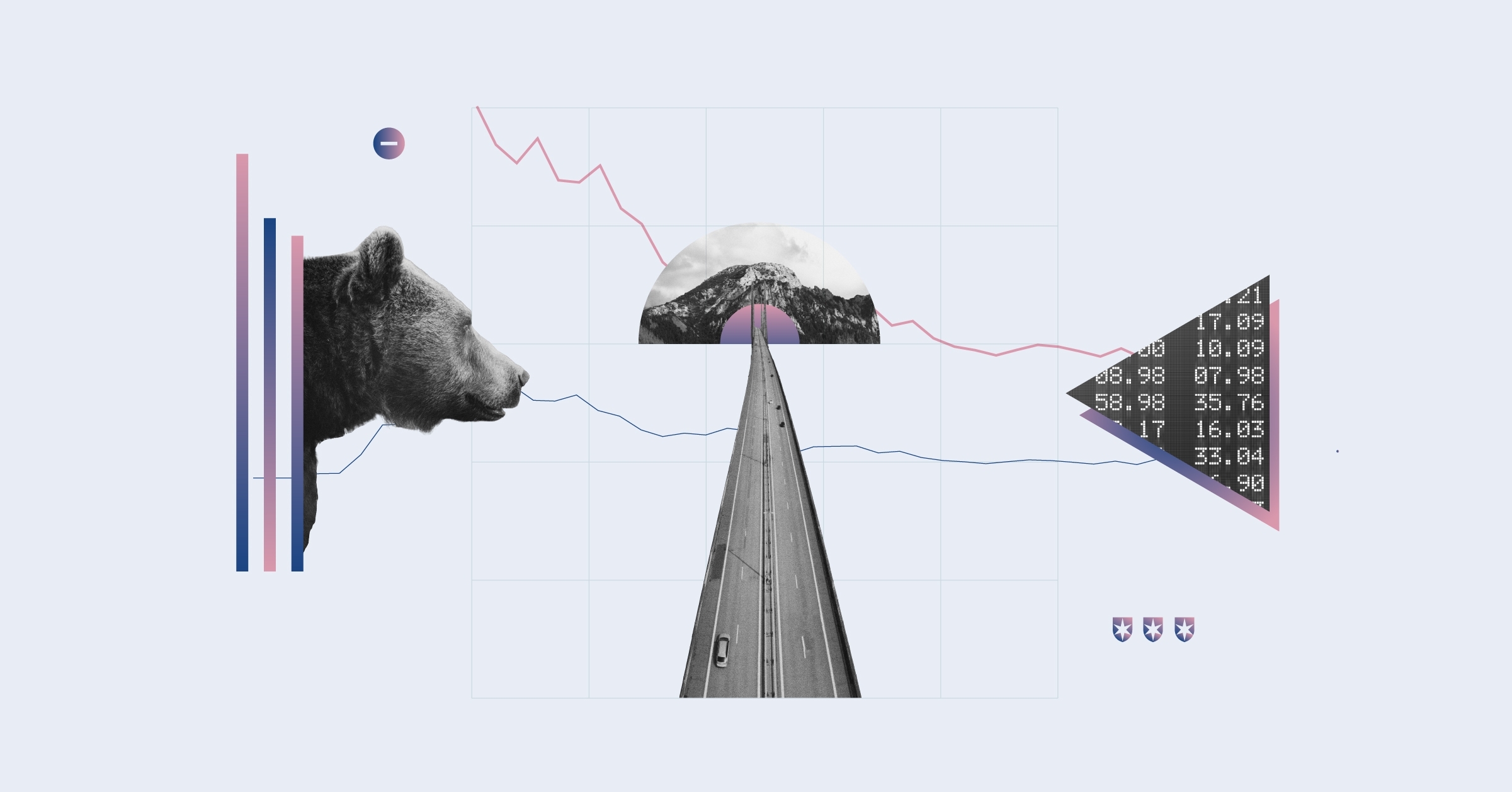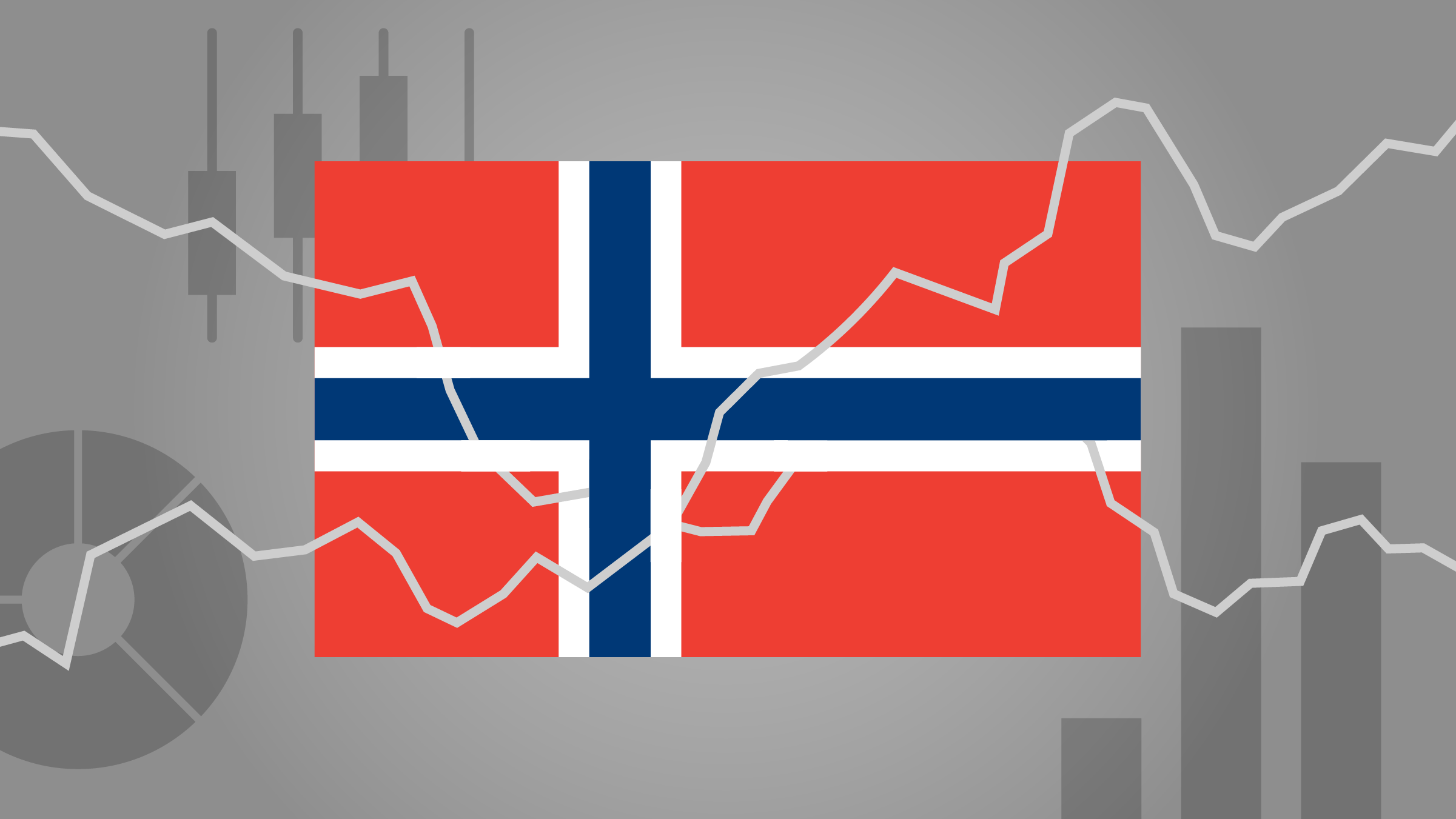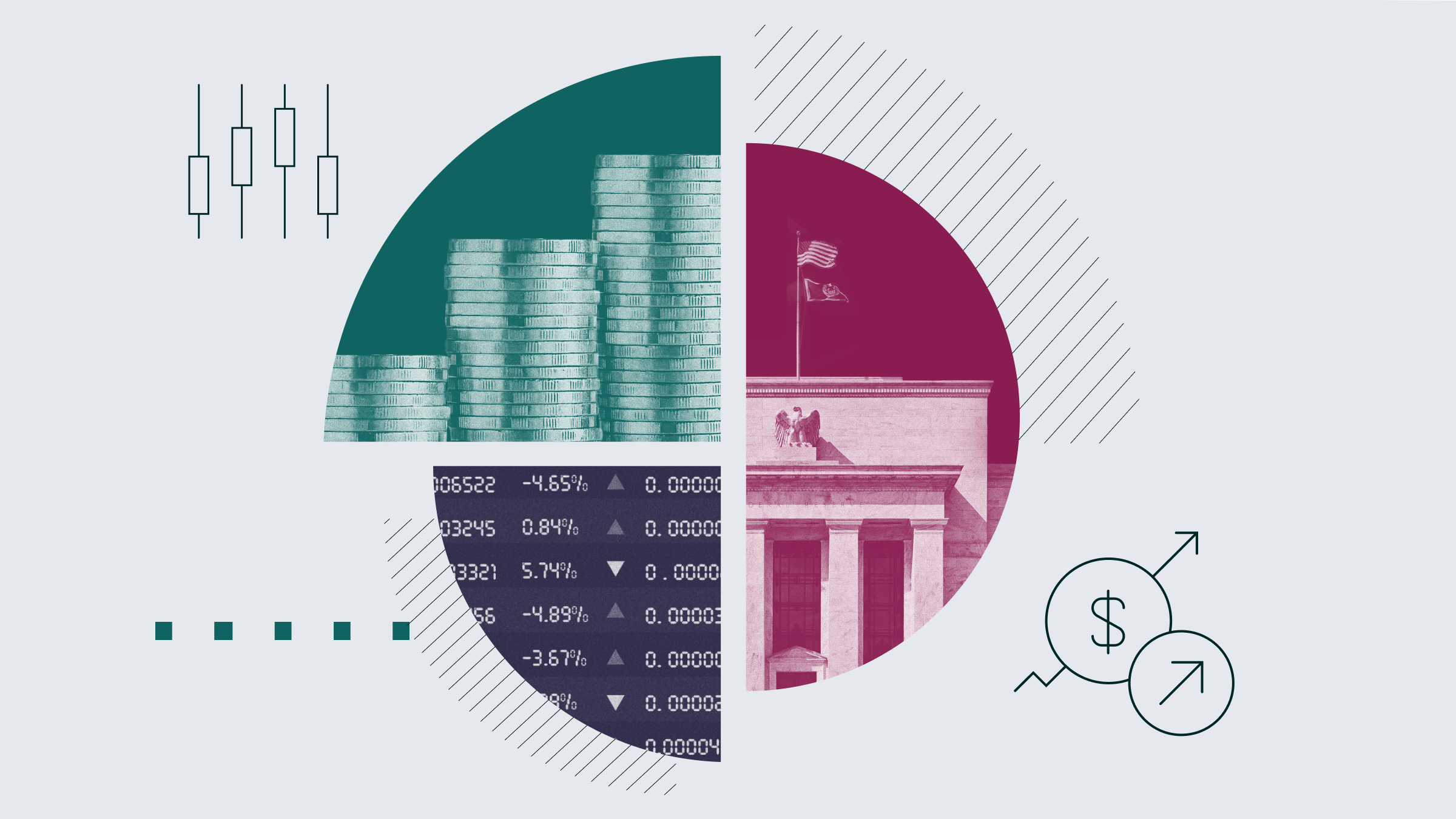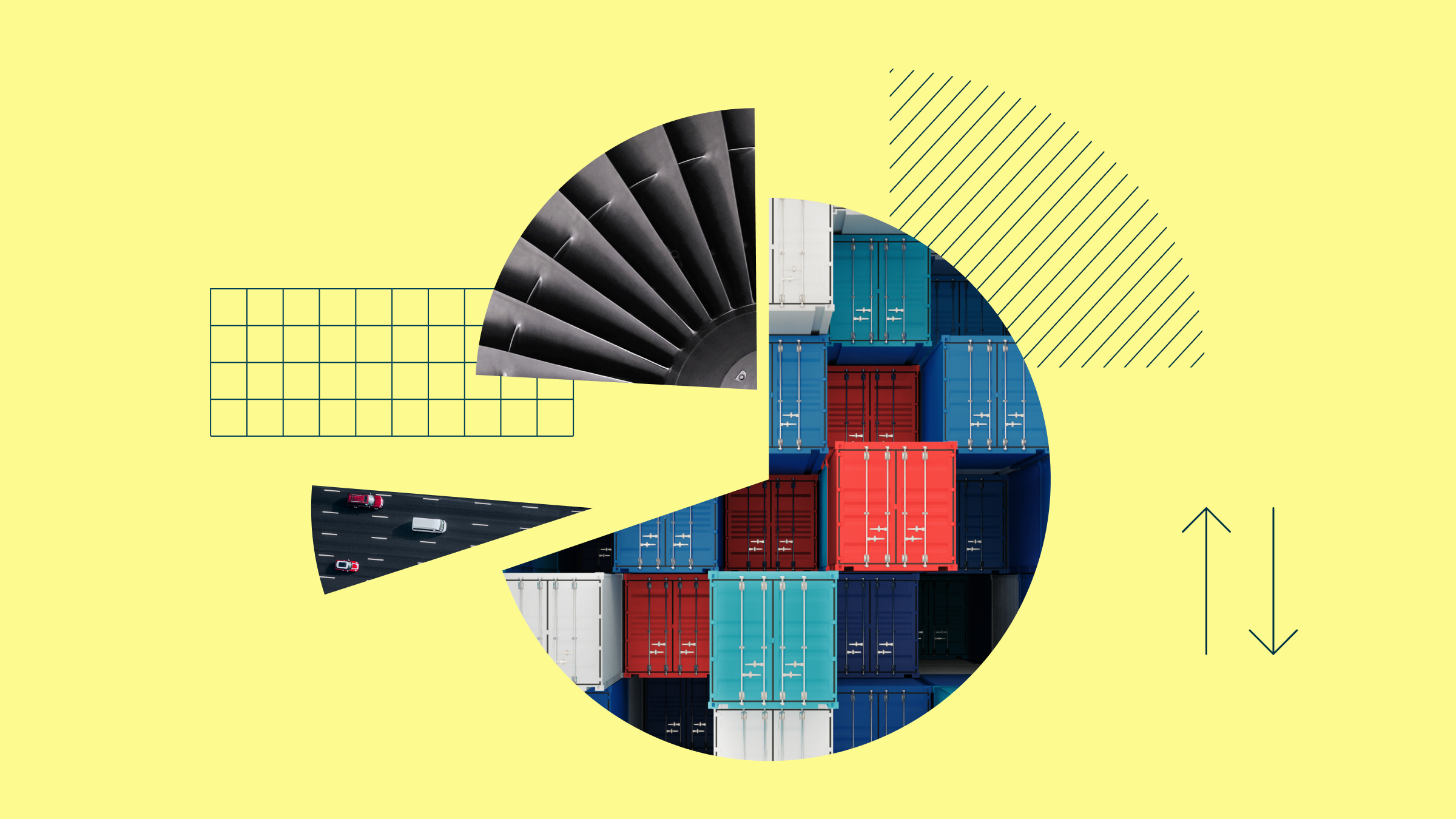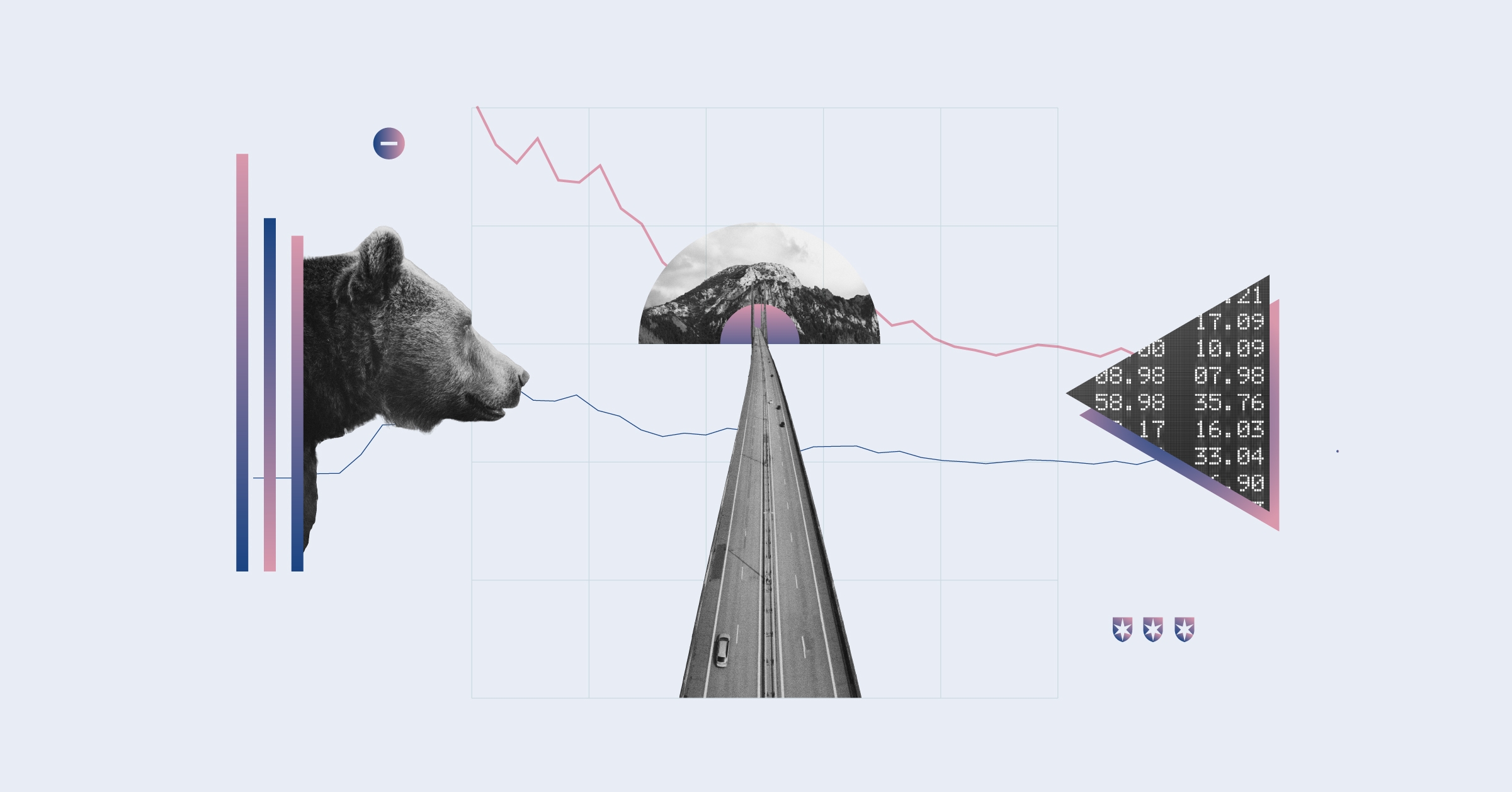Holly Cook: Vanguard has made a name for itself as a low-cost provider of passive products. Joining me today is Tom Rampulla from Vanguard. He is Managing Director of European operations.
Tom, thanks for joining me.
Tom Rampulla: Great to be here. Thank you, Holly.
Cook: So Vanguard’s had mutual funds, index trackers available to UK investors for quite time now, but more recently has launched ETFs. I’m interested to know how you’ve seen kind of investor behaviour change, particularly given that we’ve had RDR here in the UK six, seven months ago.
Rampulla: I think we are seeing a big change, Holly, in what investors are thinking about when it comes to investing. RDR has really put the focus on transparency, advisers and individual investors are really looking at cost now as a big part of the equation—they’re so important in your investment success. So we’ve seen a really big shift towards low cost, in particular passives. In fact, our cash flow is up probably about 180% over last year pre-RDR.
Cook: So you mentioned the passive products there. What is the role exactly of passive products would you say in a portfolio? Can it be all passive or are there some specific perhaps asset classes where you think it might be better for somebody to go active?
Rampulla: Sure. Actually the way we look at it at Vanguard is, for most investors the best portfolio should be made up of low cost, broadly diversified funds, whether it’s active or passive almost really isn’t the point. The easiest way to do that actually is through passive investments. They’re very, very broadly diversified for the most part and very low cost. So passives can play a variety of roles alongside – they can be alongside low-cost active funds in a portfolio, or they can be 100% [of the portfolio], or they can be particular asset classes that you want to gain pure asset class exposure. I think one of the interesting things is many investors think, well, for small-cap or emerging markets I should go active, it’s better. It’s actually not. Those are the areas where passives really tend to shine. I’ll tell you why. The cost of trading in those markets and investing in those markets is very, very expensive for active managers, hence the passives have a great advantage over them.
Cook: So by simply sort of tracking an emerging market index or sort of passively investing in the index, you’re excluding all that cost because an active manager would have to actually be paying that cost every time they trade.
Rampulla: That’s right. There is a huge cost advantage for a tracker fund versus an active manager in those types of markets, and hence the performance over the long term tends to be very, very strong relative to active managers.
Cook: Well, it does seem like for a long time now there’s been talk of passive versus active, the idea that it’s one or the other. But I do think perhaps they’re blurring a bit. When you’re investing in passive products, you’re making an active decision to do so.
Rampulla: That’s right.
Cook: Would you say that the growth of the passive product industry is actually putting more control in investors’ hands, when it comes to asset allocation, for example?
Rampulla: Yeah, I mean look, the way we look at it at Vanguard is the most important decision you need to make, is first you have to have your long-term financial goal in place; and then coming up with the appropriate strategic asset allocation, that really determines your investment success—how you allocate stocks versus bonds versus cash, international securities versus domestic, that’s the most important decision on your outcome of investment success.
Second, keep investment costs low. What it does, what passives do give investors, whether it’s professional advisers or individuals, is the ability to take a look at asset allocation, their goals, their strategic asset allocation, and implement that in a very, very efficient way.
Cook: So you have the goals, the asset allocation, the low cost, and then sort of presumably on an ongoing basis just keeping an eye on those.
Rampulla: That’s right. Set your long-term goal; it’s hard to get somewhere if you don’t know where you’re going. Develop a strategic asset allocation to get you there. Minimise costs no matter what you do, active or passive, always should be low cost. And then maintain your discipline; don’t get distracted by the noise in the market, it’s so easy to get excited about the latest fad, stay away from that, rebalance your portfolio on a regular basis and you should be set.
Cook: I think that’s some really excellent advice.
Rampulla: It’s a little simple, but actually works quite well.
Cook: Well, keeping it simple is what you want to do, right?
Rampulla: That’s right.
Cook: It’s complex enough as it is. Well, Tom, thanks very much for joining me today. It’s been some really useful information.
Rampulla: That’s been great. Thank you.
Cook: For Morningstar, I’m Holly Cook. Thanks for watching.






